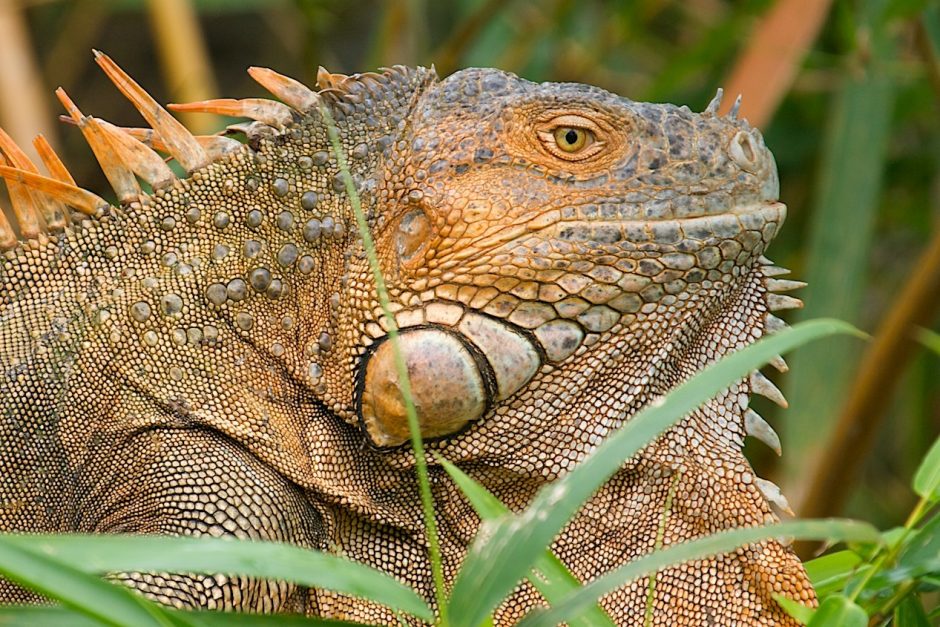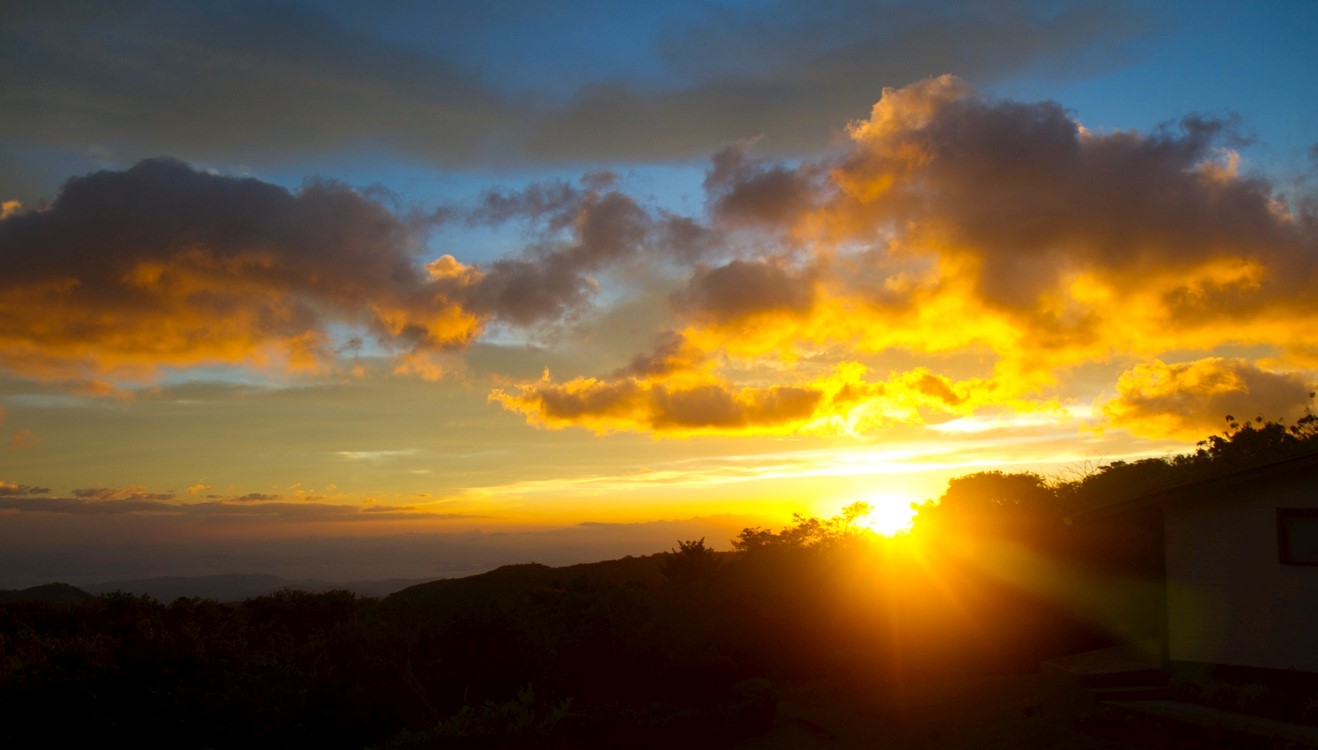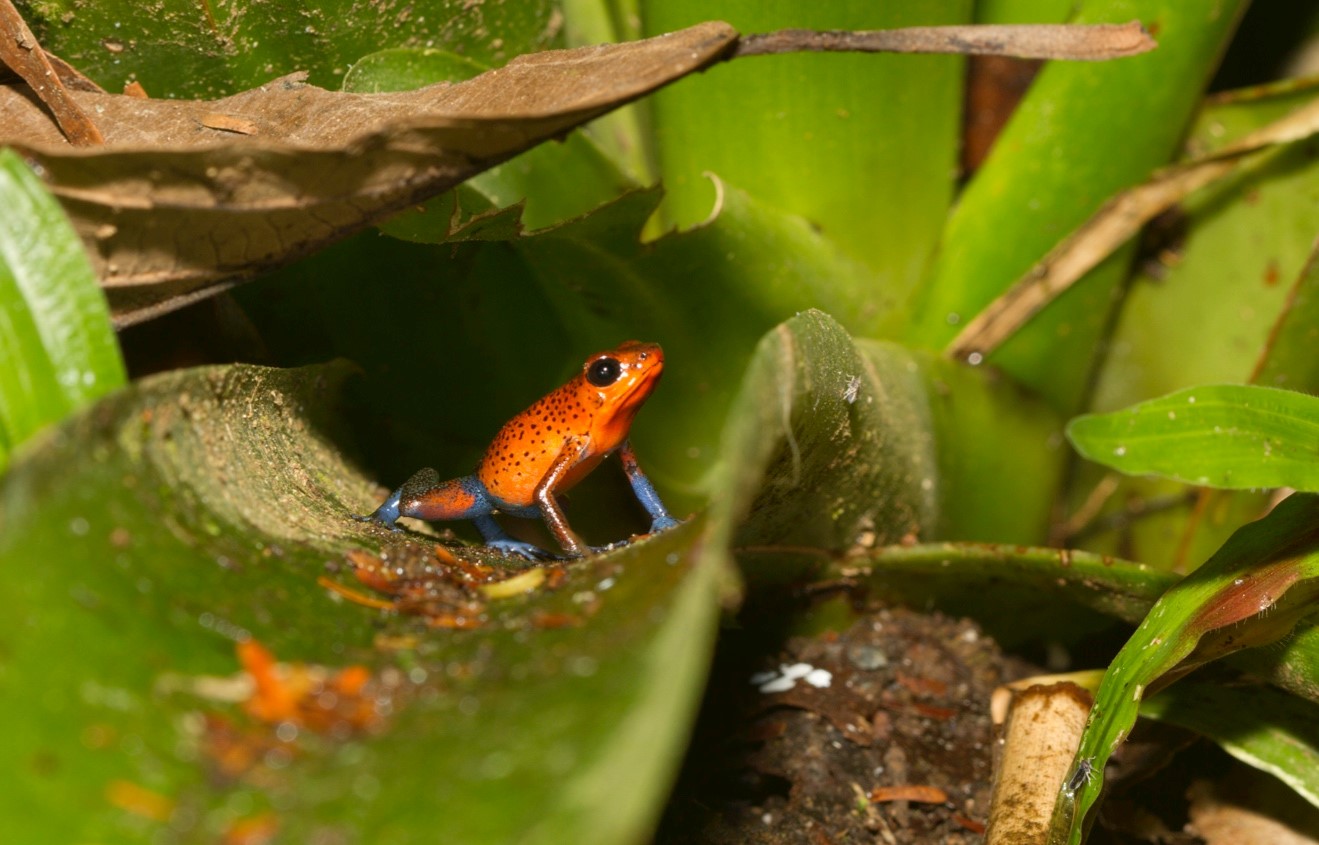
What’s in the Camera Bag? Costa Rica
The sheer biodiversity alone is enough to draw photographers from all over the world to this natural jewel of Central America. But in this tiny tropical nation you’ll also find some of the world’s most iconic wildlife, from toucans, to poison-arrow frogs, to iridescent butterflies, to boisterous monkeys swinging through the tree tops.
If you have a photographic adventure to Costa Rica planned, here is a guideline of the gear you ought to consider bringing with you. I’ll cover each category of lens and will comment on whether I find that particular type of lens useful for this trip.
Please note, photographic styles vary, as do conditions on the ground. While this is meant to be a guide for choosing your camera gear, you should consider your own photographic interests first and foremost.
Ultra wide angle
This would not be a critical lens to bring with you, but personally I find it to be very fun. It’s great for general travel photos, along with taking shots of the impressive sweeping jungle scenery that you’ll be immersed in. If you have one and use it often while traveling, go ahead and pack it. But, not necessary to go out and buy one just for this trip.

Wide angle zoom
This is a default “walking around lens” for most photographers. Something like an 18-55, 24-70, or 24-105 is what most people choose, and these will let you get just about any landscape shot you’re aiming for. In addition, these can often double as a macro lens if you want to get photographs of smaller wildlife (eg, frogs, insects, flowers) up close. I highly recommend bringing one of these with you.

Zoom telephoto
Another critical lens for travel, these are very useful for any wildlife adventure. Something in the range of a 70-300, 80-400 or 100-400 is best. Many photographic opportunities will be from some distance, as wildlife often reside in trees and generally are not all that comfortable approaching trails or visitors. Nevertheless, with a decent telephoto you’ll get amazing shots with animals in their natural habitat.

Multi-purpose lenses
I generally do not advocate for big range multi-purpose lenses unless you absolutely have to, as they usually come at some sort of cost…either weight, size, or financial. However, because of the wide variety of photographic opportunities in Costa Rica, a multi-purpose lens may be something you wish to consider. Lenses that have large ranges like 18-300, 28-300, or 18-135 can be helpful for lightening your load and saving room for x-factor lenses.
Super telephoto
A lens in the range of 400mm and greater can be of great help in Costa Rica, primarily if you’re into photographing birds. While some photo ops will allow for closer bird photographer, if you want to get them all, you will need at least a 400mm lens. Serious bird photographers will want a 500mm or 600mm for the best shots.
X-factor lenses
If you have a dedicated macro lens, this will be great fun in Costa Rica. From small poison-arrow frogs, to lines of marching leaf-cutter ants, there are so so many great macro subjects in the jungles of Costa Rica. However, if you plan to bring a macro, also plan to bring a flash. If your camera has a flash built-in, be sure to test this before you leave for the trip, as sometimes it is not bright enough or the macro lens blocks some of the flash’s reach, due to the length of the lens.

Flashes
In addition to being useful for macro photography, flashes are also very helpful for general wildlife photography in dimly-lit rainforest settings. Flashes also help highlight the beautiful shimmering wings of hummingbirds, if you’re lucky enough to snap one in flight!
Shoe-mounted flashes are preferred, but cameras that have built in flashes often do the trick. Just be mindful of your fellow travelers, as well as wildlife sensitivity to flash. It’s often best to take a few photos without flash in case the first flash that’s fired scares the animal away.

Tripods
Tripods can be useful, especially because of the general lack of light when you’re deep in the rainforest. However, they can also be very cumbersome, especially when hiking for distance or using alternate transportation like small skiffs. Unless you are a serious photographer with a large telephoto lens, I generally recommend going “hand held” for as much as possible.
Other accessories
Like many destinations, be sure to bring plenty of extra memory, as it’s often surprising how many photos you can take while on an expedition.
By far the most important lens to have with you is something that will give you a bit of telephoto distance, up to 300mm. Having a multi-purpose lens that gives you both wide angle (18-55) and telephoto (100-300 and above) capabilities is a great choice. And Costa Rica is one of those destinations that really lends itself to “the small stuff.” If you have a macro lens, be sure to bring it affclac. If you don’t yet have one, your wide-angle lens may do the trick when you focus at its minimum focusing distance, and maximum zoom.
Go forward and give it a shot,
Court
Leave a reply